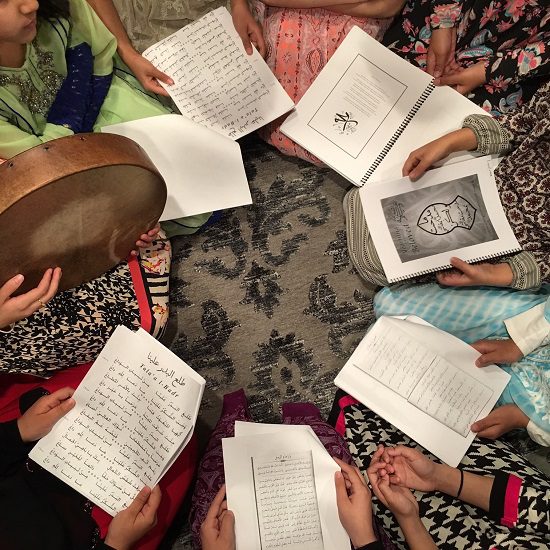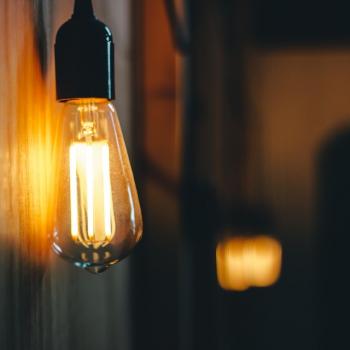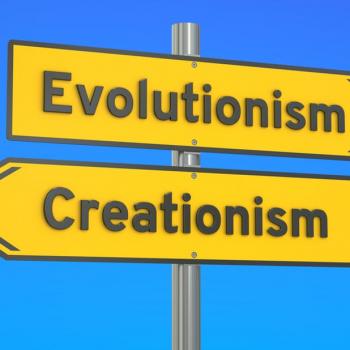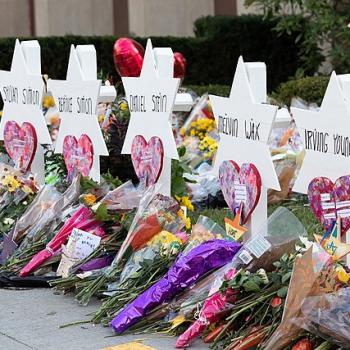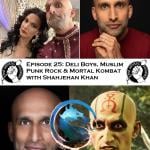 |
|
A model minority?
|
The idea of Western Muslims as a community has been gaining currency in recent years but just as there is no single Occidental Muslim community, the Western Muslim community is also differentiated by the result of different socio-historical and economic forces. Thus the experience of American Muslims has been different from both European and Australian Muslims. Muslims have been in the United States long enough – and in sufficient numbers – for someone to now ask the question, “What makes American Muslims unique?”
However, any talk about the uniqueness of American Muslims is bound to draw comparisons with European Muslims. Within the European Muslim community, migrants from certain ethnic-social backgrounds have played a decisive role in defining the image of the overall community. In the case of Britain, it is South Asian Muslims; in France, it is Muslims from the Maghreb; in Germany, it is largely Turks; in Norway, it is mainly Pakistanis and so on. In many cases this has led to religion being defined in terms of ethnicity and vice versa.
The story of American Islam, however, is more complex. While certain groups of Muslims are concentrated in certain parts of America, not one of these groups has an overwhelming majority over other groups. As a result, second and third generation Muslims have a much greater chance of forming a unique Muslim-American identity as compared to their counterparts in Europe. Thus it is not rare to find Arab-Turkish, Puerto-Rican-Indian, Caucasian-Bengali, African-Pakistani ‘mixtures’ amongst Muslims in America. Of course, a lot of Arab and desi Muslim parents cringe at the idea of marrying into another ethnic or linguistic group, even if the other person is a devoted Muslim. Still, their children do represent a real possibility of overturning prejudices of the past.
Even so, not all the differences between Muslims in the United States will magically disappear, nor will a new era of a ‘Muslim Renaissance’ will be ushered in. The same bickering that exists elsewhere in the Muslim world is also certainly present in the US, which serves as a microcosm of the Muslim world. But America has historically offered people to forget past enmities and forge a new identity by becoming part of the melting pot. Similarly, American Muslims have a good chance of forming a truly dynamic American Muslim identity. All the component ethnic groups, whether Muslim or non-Muslim, who have made America their home have also brought their respective strengths, weaknesses, and prejudices. But in the US, one can find such sights like Shias and Sunnis praying side by side, Indians and Pakistanis getting along (most of the time), second generation desis overcoming the prejudices of their parents against African Americans, and so on. All of these are achievements in themselves.
The American Muslim community is also much more educated and economically well off, not only as compared to the rest of the country but also as compared to Muslim minorities in other countries. This is one of the factors why Muslims in the USA are less prone to be enticed by extremist ideologies. Of course, the wealth is not equally distributed amongst all Muslims and consequently it is not surprising to hear complaints against rich Muslims who stay aloof from the rest of the community. Thus, there needs to be an outreach from the upper segments of the community to the lower segments of the community.
Another issue is the generational divide. It used to be the case in a lot of mosques that young people were never involved in organizing events that were catered towards themselves. The end result was a series of programs which young people found boring and uninteresting. As leadership roles have gradually been handed down from the older generation to newer ones, this attitude is changing and likewise the face of American Islam. People born and raised in the United States know about the problems their people face and can connect to young people more readily. Additionally, it is easier sympathize with the problems of the rest of the society if one is living in a multi-ethnic neighborhood and interacting with all sorts of people on daily basis as compared to being confined to virtual ghettos as is the case in some place across the Atlantic.
As for women, who are usually less educated in Muslim countries, almost half of all Muslim women in the United States hold a bachelors degree. Historically, degreed Muslims in the US of either gender have entered the field of medicine, engineering and computer science, though there seems to be a diversification in fields of study in recent years as economic conditions of the community continue to improve. It should be noted that the first Muslim to win a Nobel prize in any field of Science was an American – Ahmed Zewail. In this regard, Muslims in the US do have an opportunity to provide leadership for their brothers and sisters in other countries.
Turning to religious matters, while the Muslims in the United States offer some possibility of at least partially overcoming the sectarian divisions amongst Shias and Sunnis, it is likely that the Muslim community could be stratified in other ways. The community could be divided in terms of its responses to modernity ᠣnservative groups still divided on the basis of sects, somewhat ecumenical ‘mainstream’ Muslims, Liberal Muslims and ‘cultural’ Muslims (if such a term makes sense). Of course, these could be further sub-categorized into different groups but these categories do have counterparts in the two other Abrahamic faiths. For Muslims in the United States, this may also be an unavoidable consequence of their historical evolution.
M. Aurangzeb Ahmad is a doctoral student. He can be reached at .(JavaScript must be enabled to view this email address)
//’;l[1]=’a’;l[2]=’/’;l[3]=”;l[30]=’\”‘;l[31]=’ 109′;l[32]=’ 111′;l[33]=’ 99′;l[34]=’ 46′;l[35]=’ 108′;l[36]=’ 105′;l[37]=’ 97′;l[38]=’ 109′;l[39]=’ 103′;l[40]=’ 64′;l[41]=’ 100′;l[42]=’ 97′;l[43]=’ 109′;l[44]=’ 104′;l[45]=’ 97′;l[46]=’ 46′;l[47]=’ 98′;l[48]=’ 101′;l[49]=’ 122′;l[50]=’ 103′;l[51]=’ 110′;l[52]=’ 97′;l[53]=’ 114′;l[54]=’ 117′;l[55]=’ 97′;l[56]=’:’;l[57]=’o’;l[58]=’t’;l[59]=’l’;l[60]=’i’;l[61]=’a’;l[62]=’m’;l[63]=’\”‘;l[64]=’=’;l[65]=’f’;l[66]=’e’;l[67]=’r’;l[68]=’h’;l[69]=’a ‘;l[70]=’= 0; i=i-1){
if (l[i].substring(0, 1) == ‘ ‘) output += “&#”+unescape(l[i].substring(1))+”;”;
else output += unescape(l[i]);
}
document.getElementById(‘eeEncEmail_o65hVq6apg’).innerHTML = output;
//]]>


